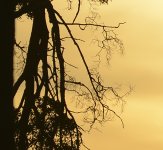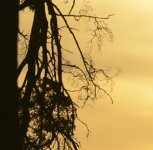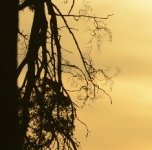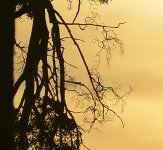manolobartolo
New member
Hi everyone!
Just recently started shooting both NEF with a copy of JPEG.
Installed NX2 to be able to read them, and quickly noticed there is a huge quality drop, when comparing the JPEG to the NEF of the same image!.. shouldn't be the other way around?
I retouched some images with the same software and saved them in JPEG excellent quality, but the bad quality persisted!..
Cheers
Just recently started shooting both NEF with a copy of JPEG.
Installed NX2 to be able to read them, and quickly noticed there is a huge quality drop, when comparing the JPEG to the NEF of the same image!.. shouldn't be the other way around?
I retouched some images with the same software and saved them in JPEG excellent quality, but the bad quality persisted!..
Cheers




